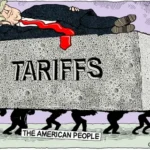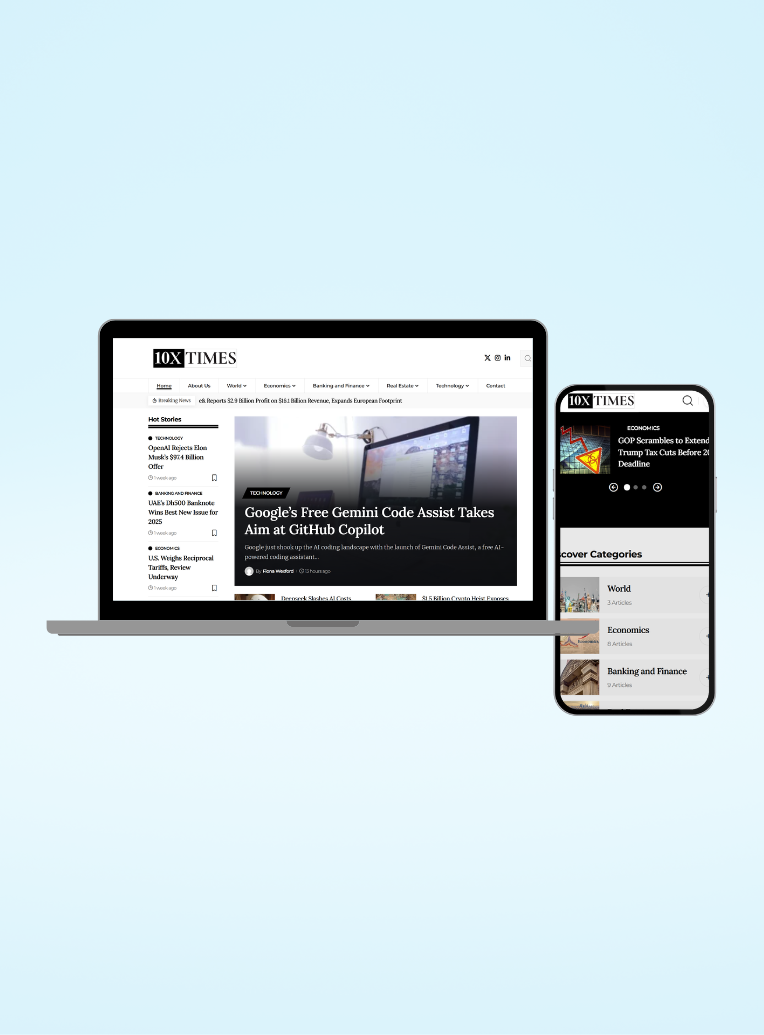Apple has rolled out yet another set of trade-in discounts for new iPhones in China, designed to stimulate demand in its second-largest market, where competition is becoming intense and consumer trends are changing. The new Apple trade-in offer will run until June 18, 2025, as part of a far-reaching strategy to keep Apple in the Chinese smartphone market, where nearby contenders such as Xiaomi and Huawei are gaining momentum.
Read More: Real Estate Surge: Top Picks from UAE-India
Apple Trade-In Offer: Details and Market Impact
With effect from now, the Apple trade-in promotion in China entitles customers to greater trade-in discounts when purchasing new iPhones until June 18, respectively. The Apple trade-in offer allows buyers to exchange their older iPhones to gain sizable savings for the newest ones, which include the iPhone 16 and iPhone 15 Pro Max. For the iPhone 15 Pro Max, trade-in value has now risen to as high as 5,700 yuan (US$791) from 5,625 yuan earlier, while the trade-in for the iPhone 15 model has risen slightly to as high as 4,750 yuan.
The Apple trade-in offer is a part of a seasonal promotion usually coinciding with large-scale shopping events in China like the “618” celebrations. Smartphone shipments in China are not losing heat for Apple, at least not according to first-quarter figures which show an 8-9% decrease from last year. To counter this, Apple plans to go all-out on trade-in discounts to lure those who have been hesitant to pull out their wallets during these tough economic times of cutthroat competition.
E-Commerce Discounts and Competitive Landscape
The Apple trade-in offers set the stage for the major Chinese e-commerce players JD.com and Alibaba-Tmall to introduce their highly discounted rates for the iPhones. The iPhone 16 Pro 128GB is priced at 5,469 yuan on JD.com. This means that one can buy it 2,530 yuan cheaper than Apple truly priced it in the list and the same for Tmall listing of iPhone 16 Pro 128GB to 5,499 yuan; this is 2,500 yuan lower than the regular price after deduction of coupons and state subsidies.
Whether these iPhone discounts result directly from Apple or the e-commerce platforms is sometimes obscure. But the net effect creates a scenario in which ecosystems are very competitive; trade-in programs and price cuts are at the helm of consumer decision-making. Cities like Beijing are further motivating this market with subsidies of up to 500 yuan for any devices less than 6,000 yuan, sustaining the demand for new iPhones.
Also Read: Dubai Gold Rate Soars: Shoppers Left in Shock
Apple’s Strategic Response to Market Challenges
Apple’s trade-in scheme comes as it faces escalating challenges in China from local players, among them Xiaomi and Huawei, which are certain to have gained rapidly with growths of 40% and 10%, respectively, in shipments in the first quarter of 2025. Most premium lineups are on the rival ground being enhanced by Xiaomi, which is also investing almost $7 billion in chips development, and on the other hand, Huawei on the path of resurgence seems to be taking advantage of chip technologies and aggressively marketing its products.
Apple in recent times has been evaluating the option of routing some of its production away from China and to India. The sale of Apple in Greater China, comprising Hong Kong and Taiwan. It has been subjected to some marginal declines in unit sales on an annual basis. Being indicative of the wider challenges besetting the region.
Even with these challenges now facing the company. The trade-in deals, together with others presented for iPhones. They are seen as a timely attempt by Apple toward stimulating demand, preserving their existing customers, and bringing forth new buyers. All in all, Apple Trade-In means lowering the price at prime shopping festivals with direct discounts. Government incentives definitely support its appearance.
Benefits to the Consumer and Outlook for the Industry
The Apple trade-in scheme allows Chinese consumers to benefit from upgrading their previous generation to the latest iPhones at less cost. The combination of trade-in discounts, e-commerce platform deals, and local government subsidies. It creates a time when buying a new iPhone is among the most competitive in China.
While Apple trade-in discounts may create short-term sales surges. Industry analysts suggest that Apple will need to innovate and modify its strategy if it means healthier competition locally. Expectations are that the Apple trade-in offer will remain a critical part of its promo toolbox. As the company applies itself increasingly to a rapidly changing environment.
For More Trending Business News, Follow Us 10xtimes News






